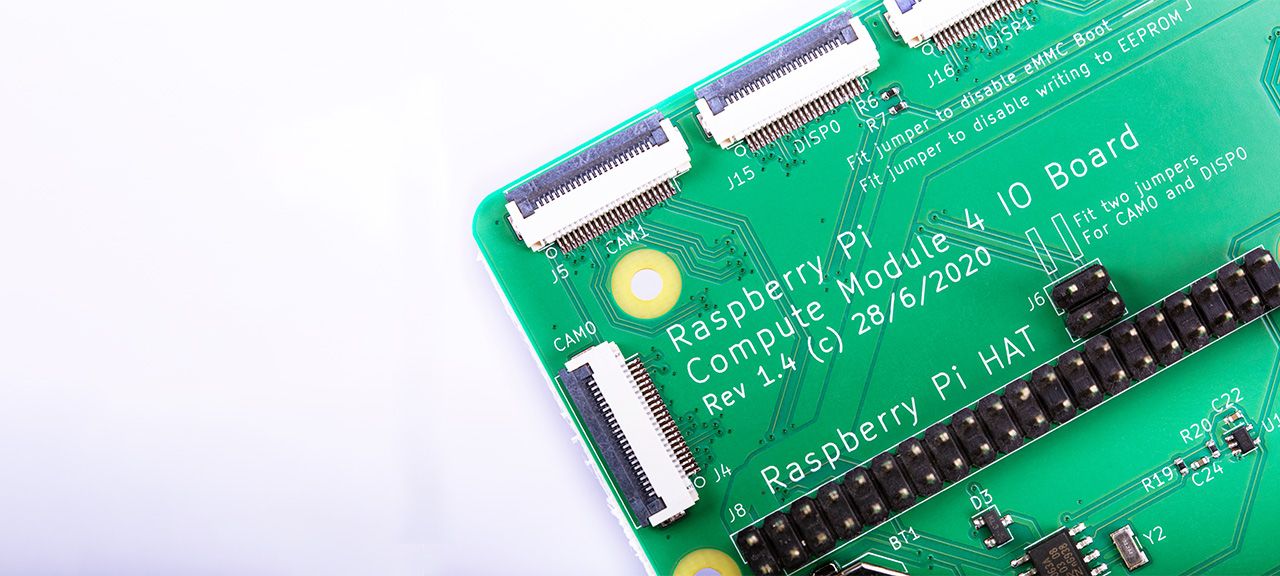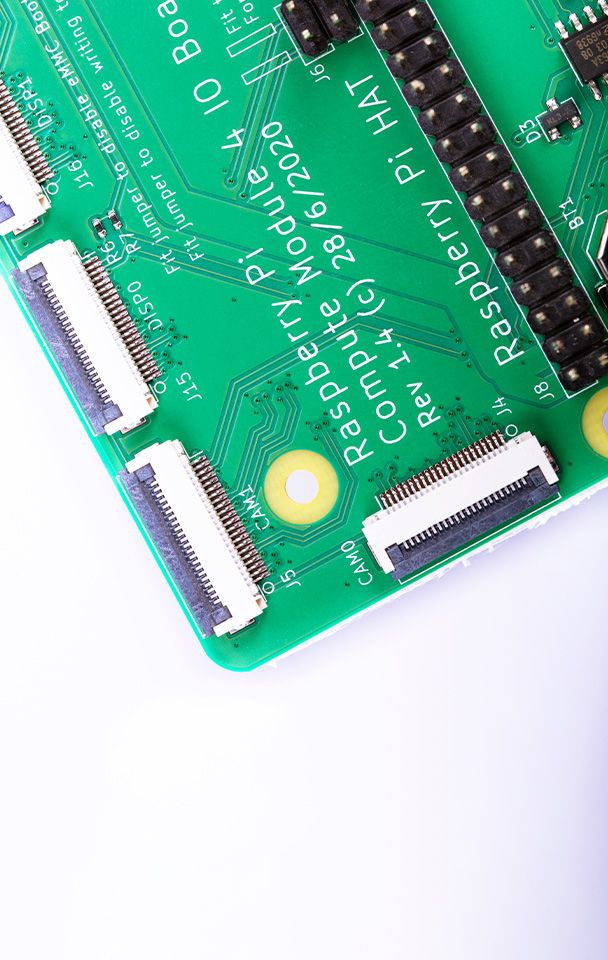

Opinion
Exploring Raspberry Pi: Green Custard's Success Stories in Product Development
Published on 02 Apr, 2024 by James H.
Green Custard has utilised Raspberry Pi devices in a number of our Product Ideation and Development projects. Check out some of our highlights below:
Case Study: Pirate
Pirate needed a solution for all studios to manage power to the studio equipment, ensuring reliable performance for customers during bookings and reliable shutdowns at the end of the booked period. Pirate Studios installed kill switches in 770+ studios that allow them to shut off all power to the equipment if clients overstay their booking or break any of the house rules.
Pirate used Raspberry Pi 4 model Bs as the main control unit in the studio kill switches, since they have usable GPIO pins that allow programmatic control of electronic peripherals e.g. the power switch. The Raspberry Pi 4 model B offered an appropriate level of compute and memory power to run the AWS Greengrass software and Green Custard components at a competitive price point.
Find out how Pirate used Raspberry Pi devices to power their kill switches here.
Case Study: ENVEA
ENVEA, a global solutions specialist for capturing atmospheric conditions across industries, desired to reimagine their existing on-premises solution for their clients to leverage the cloud, and IoT and deliver heightened value and user experience to their clients worldwide.
ENVEA sought out Green Custard, an IoT Specialist Consultancy, that designed and developed a new end-to-end user-centric solution leveraging Amazon Web Services (AWS). Clients instantly benefited from increased security, improved data visibility, remote equipment configuration and real-time alarm systems that reduce downtime.
Hardware-in-the-Loop Testing
Neil Bryan, Principal Consultant at Green Custard, used the Raspberry Pi PICO to run hardware-in-the-loop testing for Aqua Libra’s dispensing control board. Reproducing an intermittent bug seen in the field can be very difficult, since unless the bug can be observed, it may well be marked as ‘unable to reproduce’ and ignored.
Reviewing code can uncover implementation errors that could manifest as a bug, but testing is the cornerstone of modern software development and takes many forms, including unit tests, integration tests etc. Testing software running on an embedded system is made more difficult because often the unit-under-test requires inputs from external sensors which provide signals which change over time.
Simulating the external signals allows the embedded software to function as if it were running within a complete system, not just an isolated test setup. We can simulate these inputs using a technique called Hardware-in-the-loop (HIL). With HIL, we can generate sensor inputs automatically, without user interaction. This helps us test how the software behaves under different conditions.
Embedded World 2024
Green Custard is joining ZAYA at stand 4-502b at Embedded World 2024. Held in Nuremberg, Germany, from the 9th - 11th of April, Embedded World is a world-leading conference presenting state-of-the-art technology and forward-looking research in embedded technologies.
